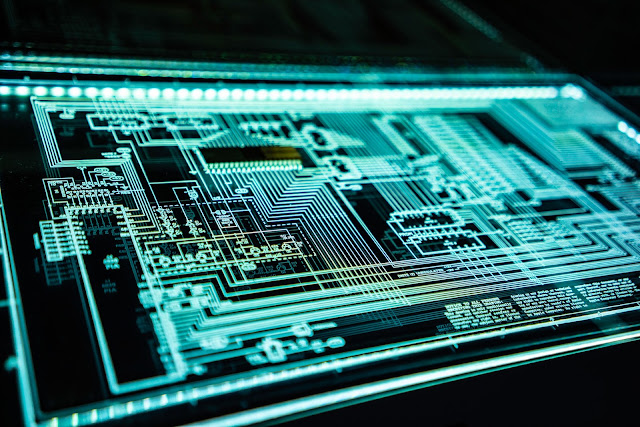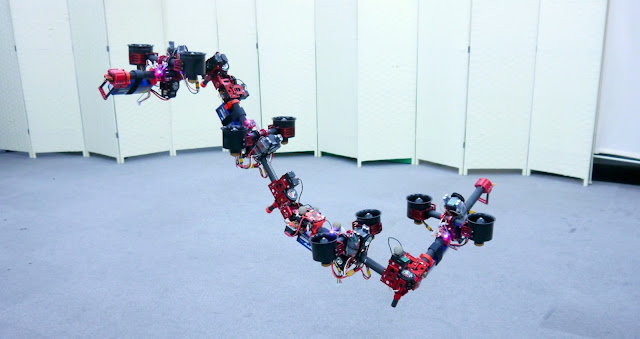Unveiling The Latest Cybersecurity Measures in the Digital Age
Introduction
In
our increasingly digitized world, where technology pervades nearly every aspect
of our lives, the significance of cybersecurity can not be exaggerated. As we
navigate the digital age, new risks and vulnerabilities arise alongside
innovative results to defend our online presence. In this blog post, we will
dig into the recent cybersecurity measures and strategies that beings and associations
can embrace to guard their digital assets and information.
Multi-Factor
Authentication ( MFA)
Multi-factor
authentication, or MFA, is a core of online security. It goes beyond just
usernames and passwords by demanding users to give added verification, similar to
a fingerprint scan, a one-time password from a mobile app, or a hardware token.
MFA adds a redundant layer of protection against unauthorized access, making it
much more difficult for cybercriminals to breach your accounts.
Artificial
Intelligence and Machine Learning
AI
and machine learning are playing a vital part in modern cybersecurity. These
technologies allow systems to analyze vast volumes of data in real-time to
identify anomalies and possible risks. By identifying unusual action patterns, AI-driven
cybersecurity results can proactively react to threats, enhancing overall
protection.
Secure
web browsing: Web browsers are frequently targeted by cybercriminals to exploit
vulnerabilities and transfer malicious content. Secure web browsing measures
involve using up-to-date browsers with assembled- security features, similar to
pop-up blockers, and spontaneous malware detection. Users should also exercise
caution when visiting new websites and avoid clicking on doubtful links or
downloading files from untrusted sources.
Data
encryption: Encryption is the process of ciphering data to make it unreadable
to unauthorized parties. Applying data encryption ensures that even if data is
interdicted or stolen, it remains inaccessible without the encryption key.
Encryption should be employed for sensitive data at rest (stored data) and data
in passage ( data being transmitted over networks) to defend against
unauthorized access.
Regular
backups and recovery plan: Regularly backing up critical data and enforcing
comprehensive recovery plans are all-important in mitigating the impact of a
cyber-attack. Backups should be stored securely, offline or on a separate site,
to avoid data loss in the event of a breach or ransomware attack. Regular
testing of backups and recovery procedures is essential to guarantee their
effectiveness.
Zero
Trust Architecture
The
traditional security model of trusting everything inside a network and doubting
everything outside is evolving into the zero-trust model. With this approach,
trust is now assumed, and verification is needed from anyone trying to enter
coffers in the network. Zero Trust Architecture minimizes the attack shell and
is particularly effective in guarding against insider risks.
Endpoint
Security
As
the number of connected devices continues to grow, securing endpoints (e.g.,
laptops, smartphones, IoT bias) is critical. Advanced endpoint security results
use behavioral analysis and trouble intelligence to describe and block vicious
exertion. Regularly streamlining and repairing software on these biases is also
essential to address known vulnerabilities.
Security
Awareness Training
One
of the most significant cybersecurity vulnerabilities is human error. Phishing
attacks, social engineering, and other tactics prey on individualities' lack of
awareness. Organizations are investing in comprehensive security awareness
training programs to educate workers about possible dangers and how to identify
and respond to them effectively.
Cloud
Security
With
the amplifying acceptance of cloud services, cloud security has turn most
important. Cloud providers offer robust security features, but associations
need to configure their cloud environments securely. Applying encryption,
access controls, and regular audits are essential ways to guarantee data stored
in the cloud remains guarded.
Incident
Response Plans
Cyberattacks
are nearly unavoidable, making it critical for associations to have well-defined
incident response plans in place. These plans outline how to determine, respond
to, and recover from security incidents effectively. Regularly testing these
plans through dissembled exercises helps guarantee a quick and coordinated
response in the event of a breach.
Quantum-Safe
Encryption
As
quantum computing advances, it poses a possible risk to traditional encryption
methodologies. To prepare for this, researchers are developing quantum-safe
encryption algorithms that can defy the computational power of quantum
computers. Organizations should start planning for the acceptance of
quantum-safe encryption to future-proof their security.
Conclusion
The
digital age has brought unknown openings and conveniences, but it has also
exposed us to new and evolving cyber pitfalls. It's essential to stay visionary
and acclimatize to arising pitfalls. Cybersecurity is an ongoing battle, with
cybercriminals constantly evolving their tactics. Staying ahead in the
cybersecurity game requires constant alert and adaption. By applying the latest
cybersecurity measures, similar to MFA, AI-driven results, and zero-trust
infrastructures, individuals and associations can safeguard their digital
assets in this ever-changing terrain. Flashback, The key to cybersecurity isn't
only counting on technology but also fostering a culture of awareness and
preparedness.



Comments
Post a Comment